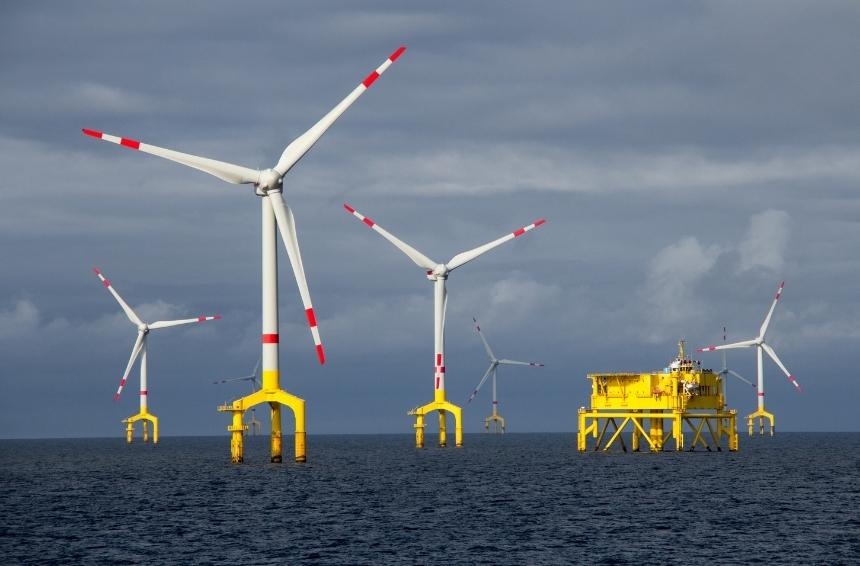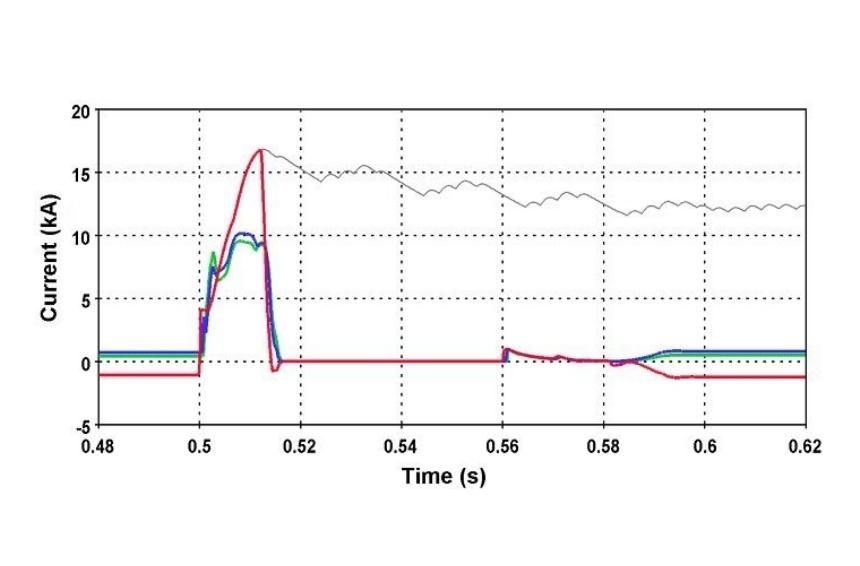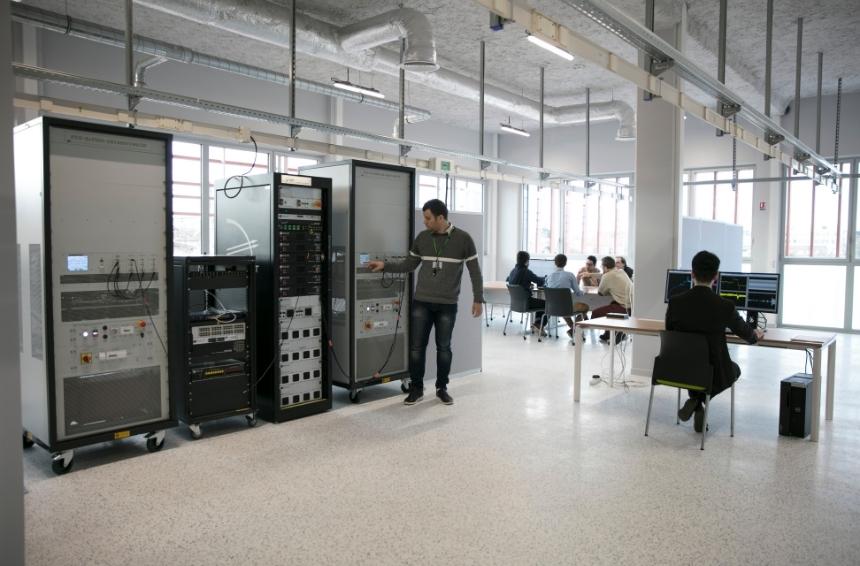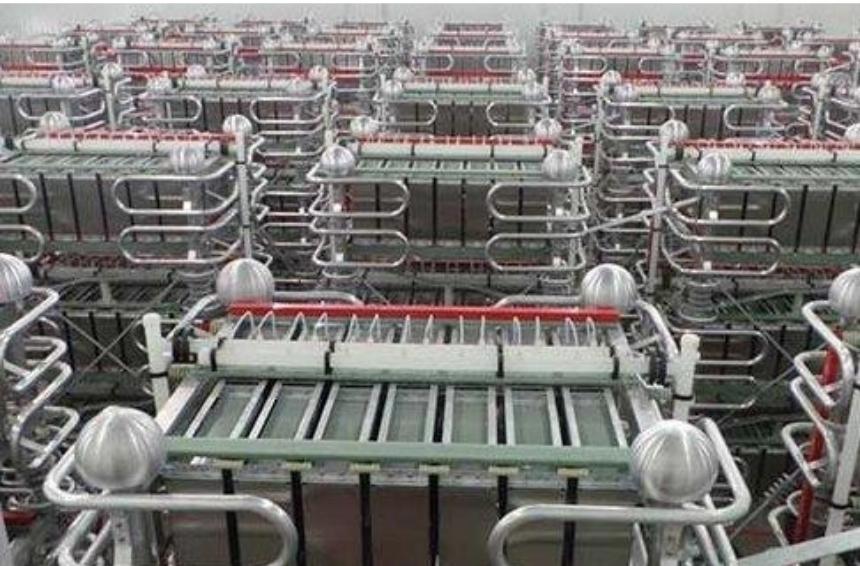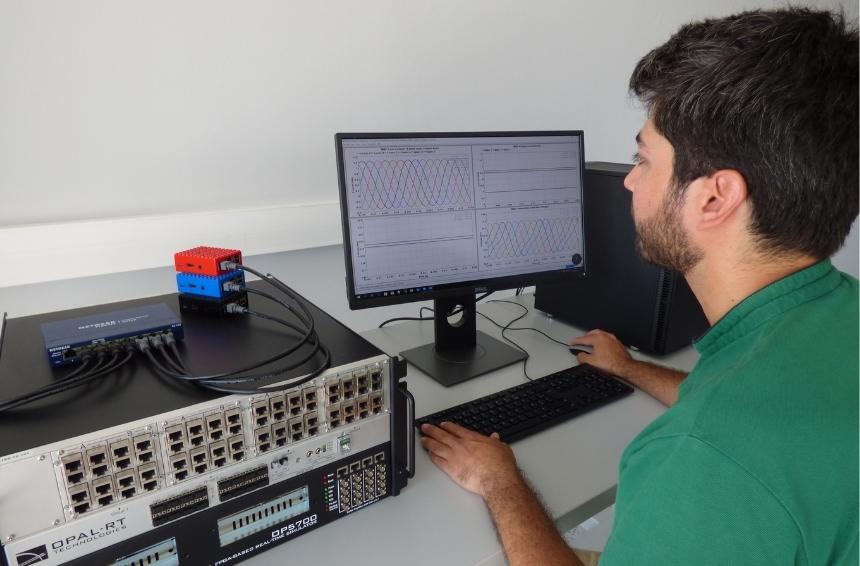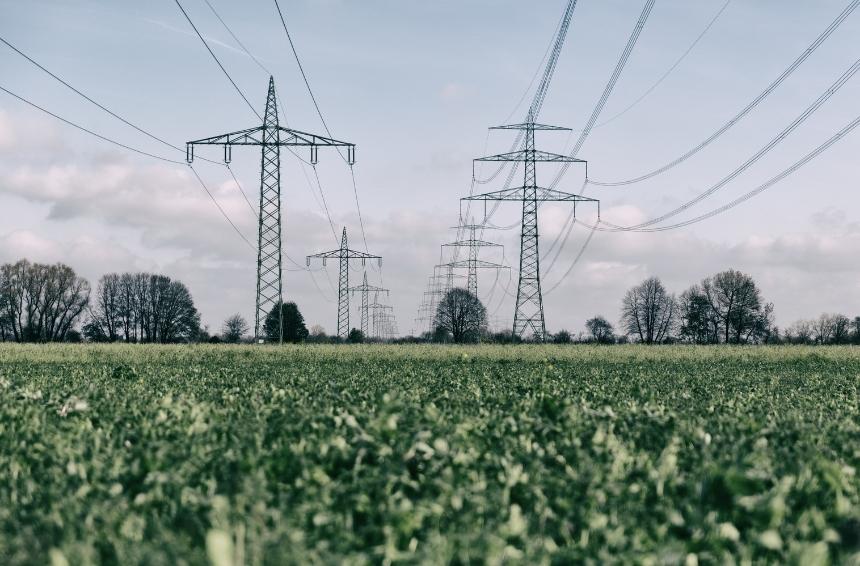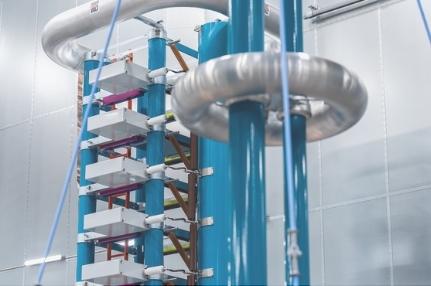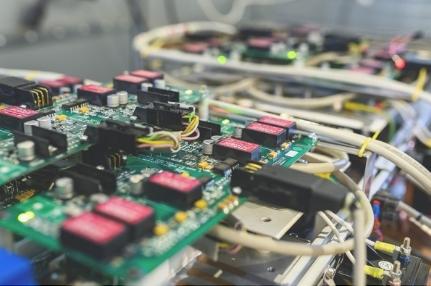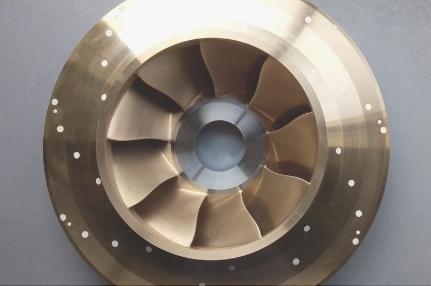Supergrid Architecture & Systems

“How should a supergrid system be technically designed and operated? The Supergrid Architecture and Systems research department aims to answer this question by developing control and protection concepts for HVDC systems, and by defining the requirements for the key components of the system.”
Bruno Luscan, Department Director – Supergrid Architecture & Systems
SuperGrid Institute’s experts work to overcome the technical challenges confronting DC grids. We develop technologies to control and protect the stability of HVDC and MVDC networks, which need to be much more dynamic than AC networks. Defining the requirements for the key components of DC grids or combined AC-DC power systems and designing and simulating the technical performance of these systems are key to our work.
We employ real-time, electromagnetic transient simulations with accurate, built-in models of power converter control systems to demonstrate how a system will perform when a new technology is integrated into the network (for example, a new protection strategy).

Recent publications
Join us at CIGRE 2024: The leading global event for power system expertise!
Join us at CIGRE 2024 in Paris from August 25-30 to explore the latest in power system expertise. Visit us at stand no. 265 to discover innovative solutions for DC power grids, including our HyBreak MVDC Circuit Breaker and Superconductive Fault Current Limiter. Participate in our HVDC grid quiz, attend our expert presentations, and learn about groundbreaking technologies that enhance reliability and resilience in transmission & distribution systems.
Functional requirements for multi-vendor multi-terminal HVDC grids: Showcasing the latest InterOPERA deliverable at CIGRE 2024
Join us at the CIGRE 2024 conference for a presentation on the InterOPERA project's latest findings on functional frameworks for interoperable multi-vendor HVDC grids. Learn about control and protection requirements essential for integrating offshore wind power into the grid.
New deliverable for InterOPERA – Functional requirements for HVDC grid systems and subsystems
The InterOPERA project's Deliverable D2.1 sets out guidelines for the definition of functional requirements in HVDC grid systems in a multi-terminal multi-vendor context.


